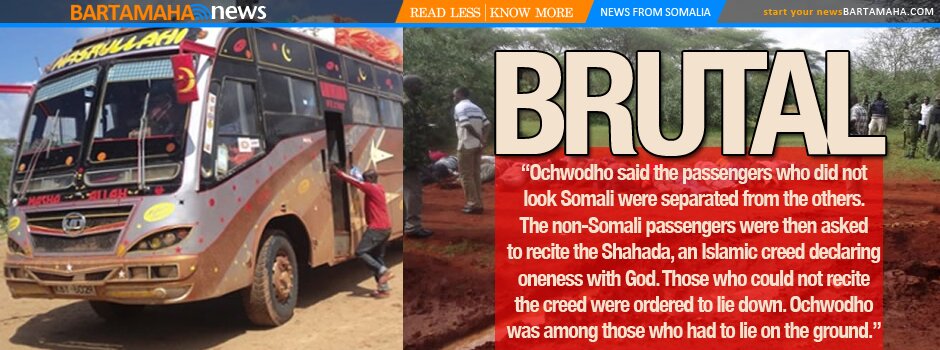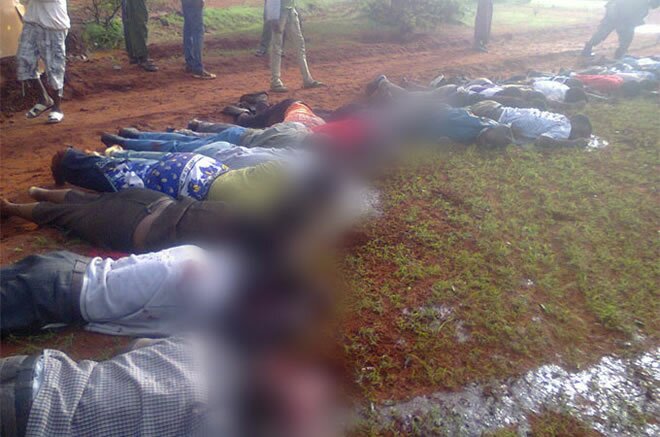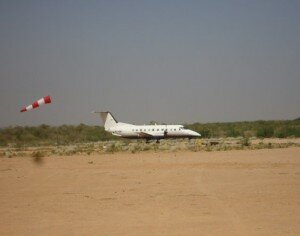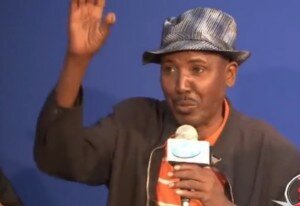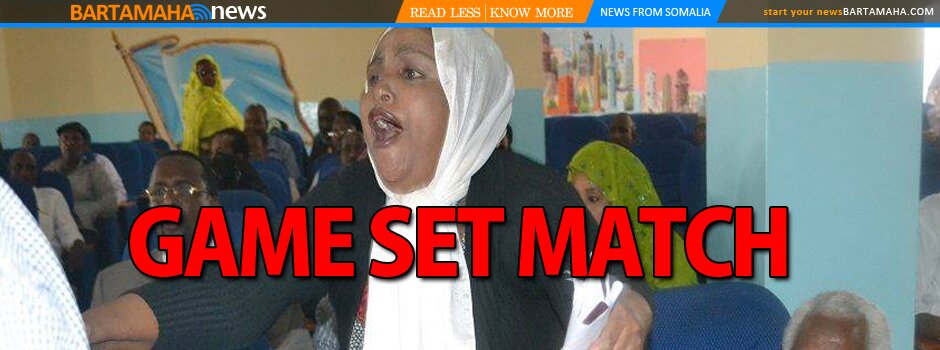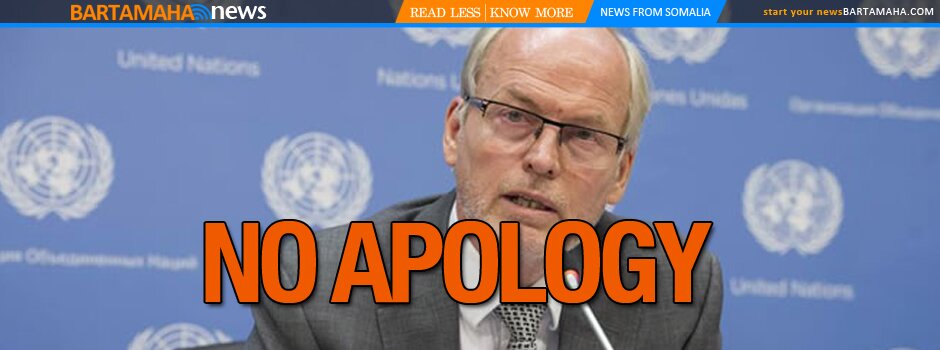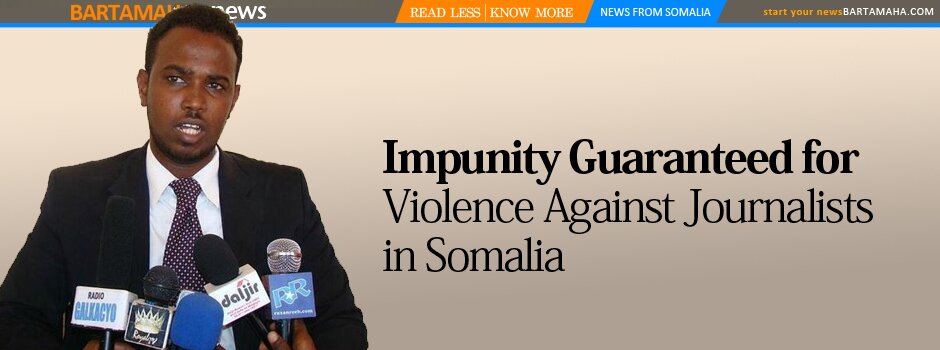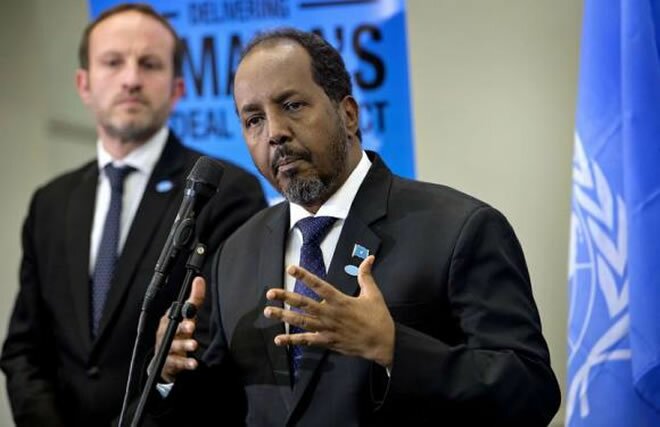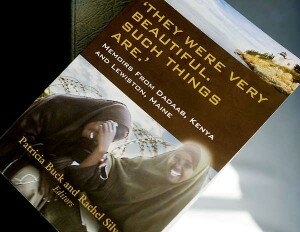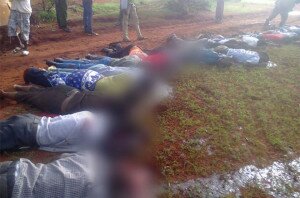Reflections: Somali students share memoirs from Kenya to Lewiston
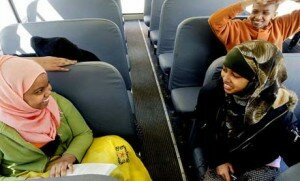
Ayan Siyat, left, and Sadia Dubat, right, talk on the bus before leaving for Portland from bates College in Lewiston on Sunday. The two Edward Little High School juniors have published stories in the book "They were very beautiful. Such things are." Khatra Arte, hidden back left, also is published in the memoirs. Abdirizak Gure, back right, went to Portland in support of his cousin Siyat.
By Andie Hannon , Sun Journal – Staff Writer
PORTLAND – Sunny skies and warm temperatures weren’t enough to draw people away from the North Star Music Cafe on Sunday afternoon. In fact, the small, Congress Street venue was standing room only for a special event featuring several accomplished area writers.
The crowd listened intently as the soft-spoken, sometimes shy writers took the stage to read excerpts from their new book. They read poems praying for a better life, autobiographical accounts of the harsh reality of life in a refugee camp and stories about the hope and inspiration they discovered in a central Maine community thousands of miles away from the African desert.
“This is life. These are their stories. These are their memories that they wanted to share with the world,” said Jill Hyland, an English language learner teacher at Edward Little High School in Auburn.
Hyland was there to support several of her students, whose stories and memoirs are among those included in the recently released “They Were Very Beautiful. Such Things Are.” The anthology features personal narratives from two communities that may seem worlds apart on the outside. But a closer look reveals that one community, Dadaab, Kenya, represents the start of a long journey for many of Hyland’s Somali students. The other, Lewiston, is where the journey westward ends and their new lives begin.
Dadaab is refugee camp in the desert region of northeast Kenya where more than 200,000 Somalis struggle to survive harsh temperatures and poor living conditions in hope of one day being granted resettlement to a western country. Otherwise, refugees are not allowed to leave the encampment.
Rachel Silver, a co-editor of the book, presented a video at the start of Sunday’s event about the camp and the educational challenge facing young girls residing there. Of the 236 students who graduated from high school last year, only 35 were girls. And the chance of those young women going on to college were slim. For that reason, proceeds from the sale of the book will go toward a scholarship fund to send seven Dadaab girls to college.
“It’s meant to both reflect the refugee journey from Somali to Dadaab to the United States to Lewiston, and reflect the diversity in Lewiston,” said Patricia Buck, a professor of educational anthropology at Bates College and another co-editor of the collection. “They are looking for ways to be included in their new community without losing their identity.”
Buck said the project started in summer 2007 when she was contacted by Sue Martin, director of English language learning for Lewiston schools, who was interested in starting a story gathering initiative for middle school students. Organizers hoped the project would help foster greater social integration, while sparking discussion among students and adults that spanned communities and cultures.
“It helped us appreciate where our people are coming from,” said Ayan Siyat, 16, a junior at Edward Little who moved to the United States last year and whose work is included in the anthology.
Her friend, 18-year-old Sadia Dubat, a junior at Edward Little who came to the United States in 2006, said the hardest part for her was the remembering.
“It was difficult putting memories down on paper. It’s hard to remember a long time ago,” Dubat said.
The project took off, and soon five groups throughout the Twin Cities met on a weekly basis to listen, tell and gather stories. Students from Lewiston Middle School, adult men and women who recently resettled to Lewiston, multicultural and international students and staff from Bates, students from Edward Little High School and Bates students enrolled in Buck’s Community Education/Community Action class participated in the project.
A second phase included collecting stories in Dadaab with the help of translators, students and teachers who worked with small groups of inter-generational storytellers. One of those, Winfred Kiunga, was a teacher from Dadaab who returned to the states and worked as a learning associate for the education department at Bates College helping transcribe the accounts collected in Kenya.
“We decided not to change anything so the stories would be as authentic as possible,” Kiunga said. “Most refugees don’t get to see the outside of the camps. They don’t even get to see the capital city (Nairobi) until they leave the country.”
Comments
comments
 Calendar
Calendar








